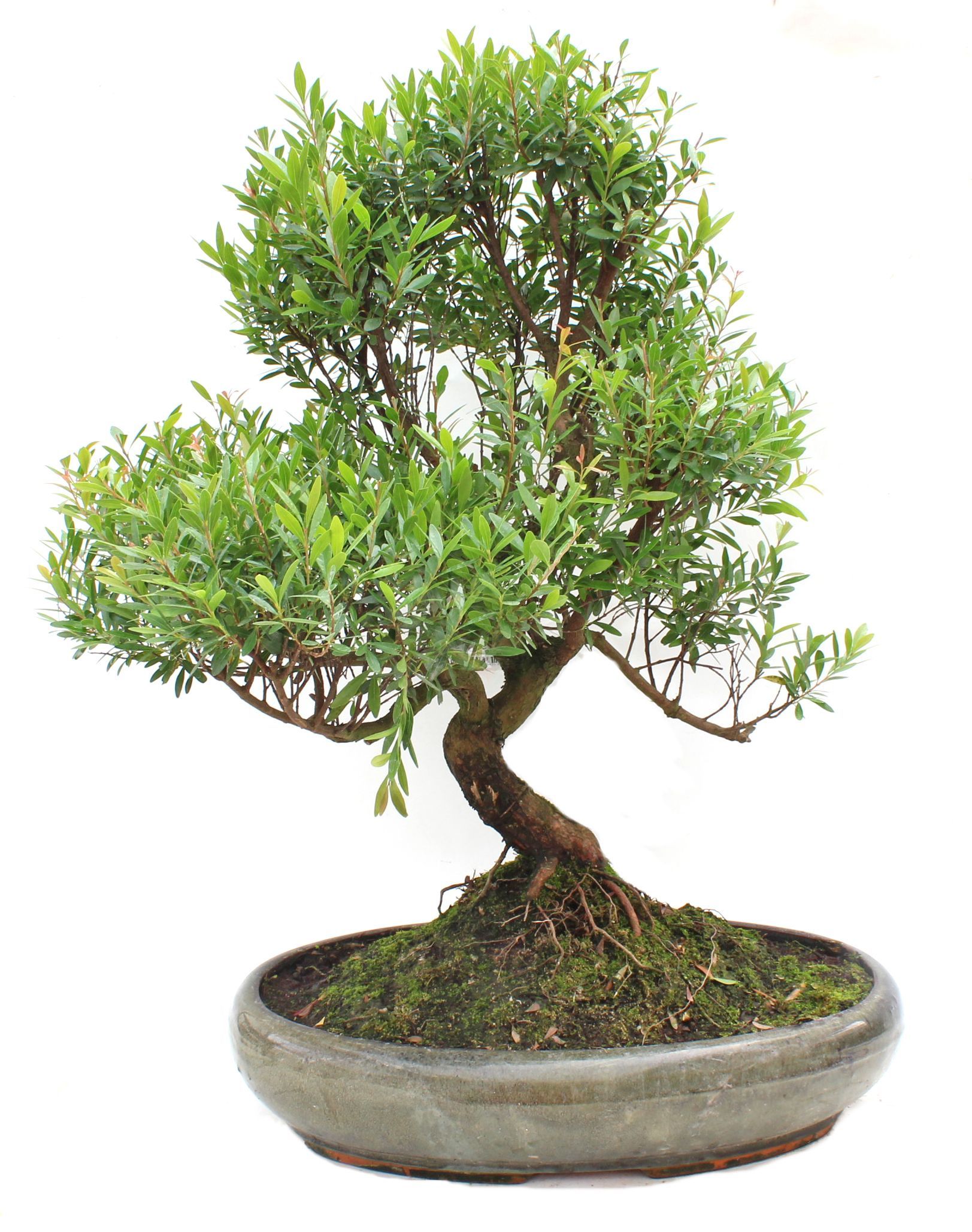Characteristics
The vast majority are evergreen trees and shrubs, some can be deciduous or semi-deciduous. Simple, elongated light green leaves. Pentamerous flowers generally yellowish and gathered.
Location
Needs a lot of light, although it is convenient to protect it from strong midday sun in summer. It can withstand light frosts, but it is better to look for shelter in the case of stronger frosts.
Watering
It is necessary to let the surface layer of the substrate dry slightly between two watering, watching in summer that it does not suffer thirst. They prefer light and airy soils. In winter water thinly.
Fertilization
From spring to mid-autumn with organic fertilizer or liquid NUTRIBONSAI from MISTRAL. The fertilization must be interrupted during extremely hot summer periods.
Re-potting
Every 3 years, in early spring.
Substrate
A mixture of 6 parts of Akadama, with 4 parts of volcanic gravel can be used; otherwise, if not available, Mistral Bonsai TERRABONSAI can also be used.
After transplanting it is convenient to water with a solution of VITABONSAI from Mistral Bonsai to accelerate the recovery of the tree.
Pruning and pinching
Pruning
Can be performed in early spring.
Pinching
Throughout the growing season we can perform light pinching to control the shaping of the crown.
Wiring
Its branches are relatively flexible. We can practice the wiring more or less throughout the year, avoiding the times when growth stops.
Curiosities
Within this genus is the Syzigium aromáticum, popularly known as “clove”, widely used in cooking for being very aromatizing.

